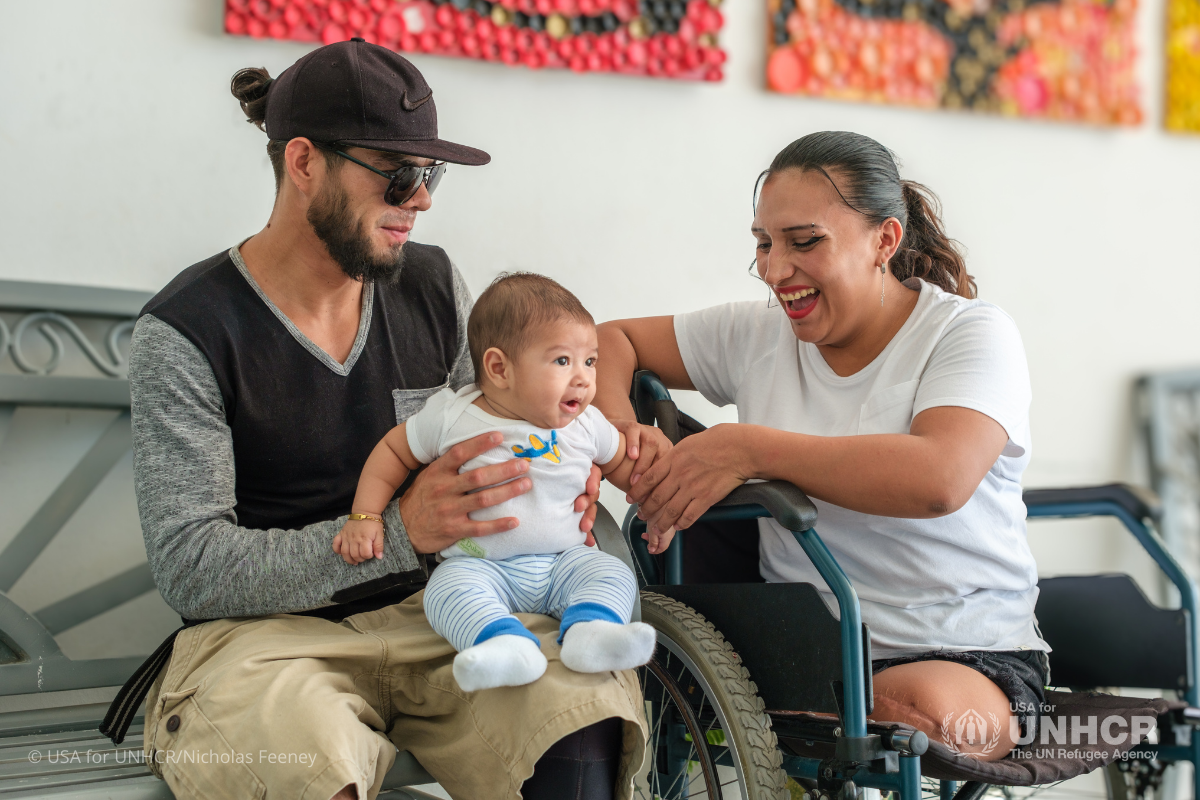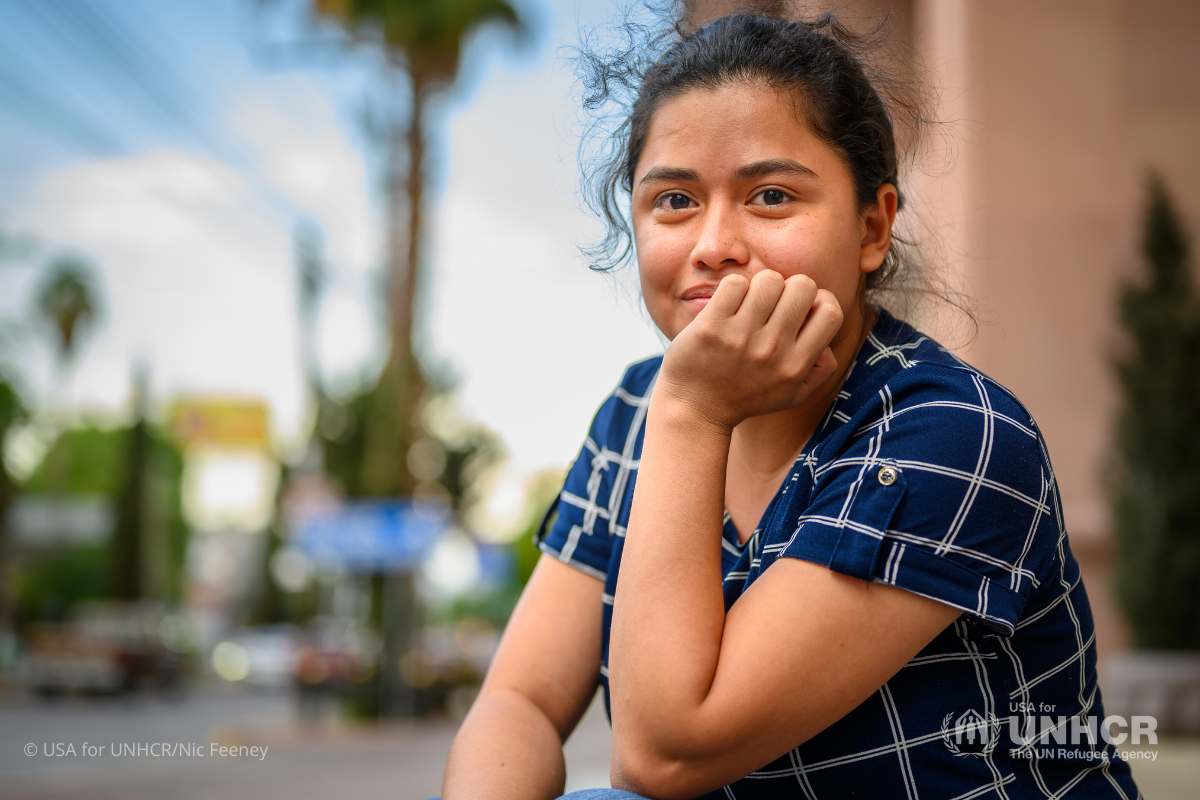VIDEO
Gang violence is forcing people from the North of Central America to flee their homes
UNHCR is on the ground aiding displaced Central American families, but resources are stretched too thin. Your gift will offer hope for a safe future.
The UN Refugee Agency is working closely with over 70 partners and governments in the NCA region to strengthen protection alternatives and encourage long term solutions for people forced to flee. Through the MIRPS (Regional Comprehensive Protection and Solutions Framework), UNHCR undertakes the following activities:
A girl from Honduras stands outside of her room in Tapachula, Mexico after fleeing gang violence.
More Facts About the Central America Refugee Crisis
A rehabilitation center in Mexico is helping this couple recover and build a future together
ABBA is a shelter and rehabilitation center in Guanajuato, Mexico that is providing Mexican citizens, refugees and other forcibly displaced people with disabilities psychosocial care and physical therapy.
Learn MoreCentral America Displacement Crisis Explained
Gang violence, extortion, persecution, poverty and food insecurity continue to force hundreds of thousands of people from El Salvador, Guatemala and Honduras to flee their homes in search of safety.
Learn MoreMeet three refugee college students in Mexico striving for their dreams
In Mexico, refugee students from Central and South America are taking advantage of a second chance to return to school. Meet three refugee college students now living in Mexico who are just steps away from realizing their dreams of earning a college degree.
Learn MoreFormer midwife delivers safety and hope to Nicaraguan refugee women
Since arriving in Costa Rica more than 50 years ago, Vicenta González has made it her mission to help local and refugee women escape abuse and make a fresh start.
Learn More


